What is the tolerance range of precision screws?
What is the tolerance range of precision screws?
Service Hotline
+86760-8787 8587We have more than ten years of production experience in the screw industry. The main products are: KM bolts, fixed pins, solid pins, PCB circuit boards, wholesale bolts, hexagonal thin nuts and nuts, matching screws for children's beds, internal pull bolts for communication facilities, DIN7971 round Nuts, super price, hexagonal step nuts, hand percussion aluminum rivets, aircraft frame nuts, set complete cross-sunk head bolts, claw nuts, pin positioning pins and other fasteners, due to different product materials and specifications, the price It is also different, please contact us if necessary.


Flat washers are usually thin pieces of various shapes used to reduce friction, prevent leakage, isolate, prevent loosening, or distribute pressure. Such components are found in many materials and structures to perform a variety of similar functions. Restricted by the material and process of threaded fasteners, the bearing surface of fasteners such as bolts is not large, so in order to reduce the compressive stress of the bearing surface and protect the surface of the connected parts, washers are used.
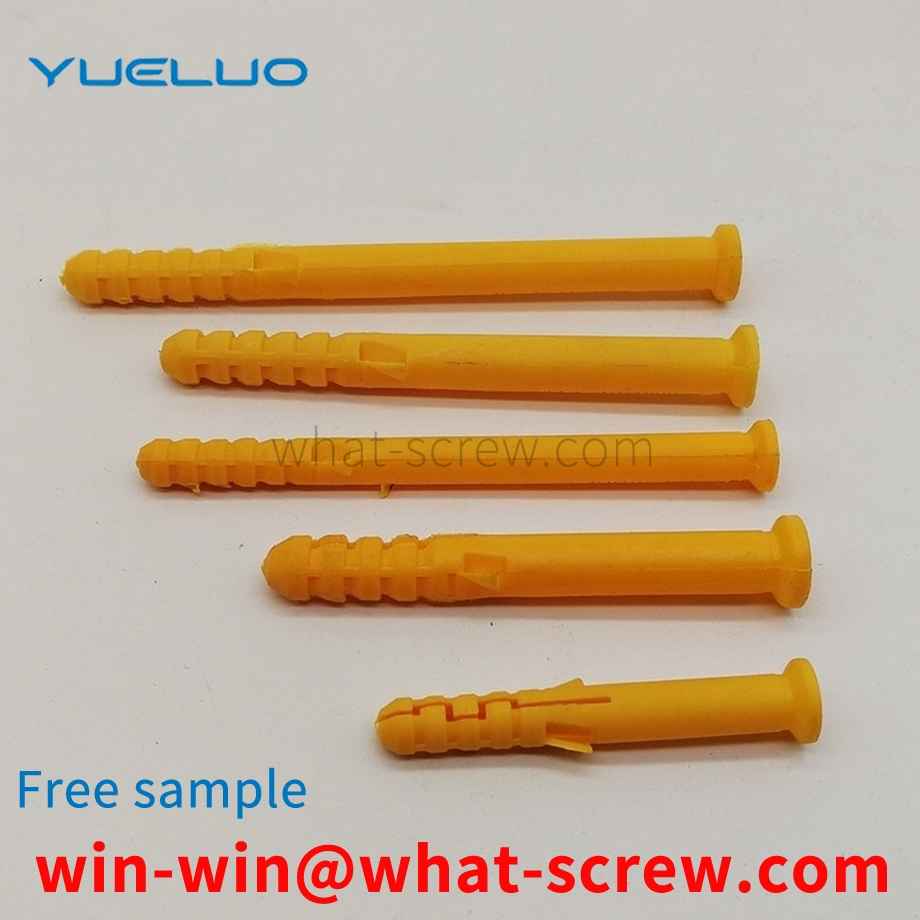
Various stainless steel materials have different properties due to their different material contents, so the corrosion resistance is also different. The following is a brief explanation of several commonly used materials: 304 is a universal stainless steel, which is widely used in the production of good requirements. Equipment and components with comprehensive properties (corrosion resistance and formability). 301 stainless steel exhibits obvious work hardening phenomenon during deformation, and is used in various occasions requiring higher strength. 302 stainless steel is essentially a variant of 304 stainless steel with higher carbon content, which can obtain higher strength by cold rolling. 302B is a kind of stainless steel with high silicon content, which has high resistance to high temperature oxidation. 303 and 303Se are free-cutting stainless steels containing sulfur and selenium, respectively, and are used in applications where free-cutting and high surface finish are mainly required. 303Se stainless steel is also used to make parts that require hot upsetting, because under these conditions, this stainless steel has good hot workability. 304L is a lower carbon variant of 304 stainless steel used where welding is required. The lower carbon content minimizes carbide precipitation in the heat-affected zone near the weld, which can lead to intergranular corrosion (weld erosion) of stainless steel in some environments. 304N is a nitrogen-containing stainless steel, and nitrogen is added to increase the strength of the steel. 316 (18Cr-12Ni-2.5Mo) material: due to the addition of Mo, its corrosion resistance, atmospheric corrosion resistance and high temperature strength are particularly good, and can be used under harsh conditions; excellent work hardening (non-magnetic).

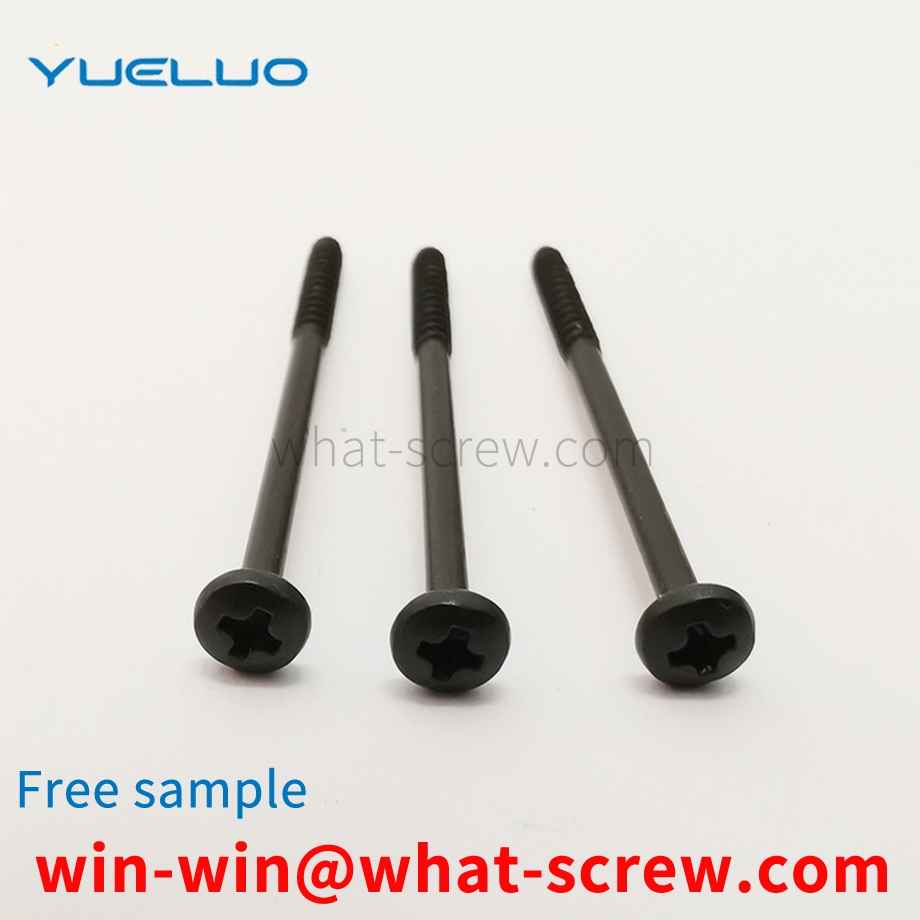
Subject content and scope of application This technical requirement specifies the technical requirements for the manufacture, installation and inspection of high-strength bolted joints of mobile machinery and equipment. Contents not specified in this technical requirement shall be implemented in accordance with relevant national standards. This technical requirement applies to mobile machinery steel structures that require high-strength bolted connections. This technical requirement applies to quality control and construction methods for in-plant and on-site installations. 2. Joint surface treatment 2.1 For friction type high-strength bolt connections, the joint surfaces at the joints are required to be in close contact with each other and have a sufficient friction coefficient. When the design drawing does not specify the treatment requirements for the joint surface, the treatment shall be carried out according to the following regulations: sandblasting or shot blasting the joint surface of high-strength bolts, remove impurities such as rust and oil stains on the surface, and reach the Sa2.5 standard , the roughness is 50 ~ 75μm, and the friction coefficient shall not be lower than 0.40. When there are regulations in the drawings, follow the regulations in the drawings. 2.2 The friction surface of the treated high-strength bolt connection should take protective measures to prevent contamination with dirt and oil. It is strictly forbidden to make any marks on the friction surface of the high-strength bolt connection. During storage in the factory, or during transportation, to the installation site, special precautions should be taken to prevent contamination of the connection surfaces. The installation unit should pay special attention to protecting the cleanliness and friction surface characteristics of the connecting plate of the high-strength bolt and the connecting surface of the parent body. It is not allowed to use a grinder to grind the connecting surface of the connecting plate and the connecting surface of the parent body. 3 Inspection of the anti-slip coefficient of the friction surface of high-strength bolts The inspection of the anti-slip coefficient should be based on the steel structure manufacturing batch, and each 2000t of a single project is regarded as a manufacturing batch, and those less than 2000t are regarded as a batch. When two or more surface treatment processes are selected, each surface treatment process needs to be inspected. Each batch of three groups of specimens. If the connection is diffused to an external enterprise, each corresponding enterprise shall conduct an anti-slip coefficient test. 3.1 The test piece used for the anti-slip coefficient test should be processed by the factory or the diffusion enterprise. The test piece and the representative steel structure member should be of the same material, produced in the same batch, using the same friction surface treatment process and have the same surface state. And use the same batch of high-strength bolt connection pairs of the same performance level and store them under the same environmental conditions. The anti-slip coefficient test is carried out according to the test method of GB50205 Code for Acceptance of Construction Quality of Steel Structure Engineering. 3.2 The minimum value of the anti-slip coefficient inspection must be equal to or greater than the design specified value. When the above specified values are not met, the friction surface of the component should be reprocessed. The friction surface of the treated component is re-inspected. 4. Connection and installation of friction type high-strength bolts for steel structures 4.1 Preparations before installation 4.2 Select qualified bolts, nuts and washers. The guarantee period for the torque coefficient of the connecting pair is six months from the date of delivery. 4.3 Bolts, nuts and washers in the following cases are unqualified products and are prohibited from being used. a. The source (manufacturer) is unknown; b. The mechanical properties are unknown; c. The torque coefficient k is unknown; d. Defective; e. No performance test report attached; f. Mixed with other batches of bolts; g. Bolts with insufficient length, that is, the bolt head does not show the end face of the nut after tightening. Generally, the length of the end face of the nut to be taken out is 2 to 3 threads. h. The torque coefficient of the connecting pair exceeds the warranty period. Special attention should be paid to waterproofing during transportation and storage. 4.4 Before the construction of the large hexagonal head high-strength bolts, the torque coefficient of the high-strength bolt connection pair should be re-inspected according to the factory approval. Each batch of 8 sets should be re-inspected. Less than or equal to 0.010. The re-inspection method of the torque coefficient shall be carried out in accordance with the provisions of GB50205 Code for Acceptance of Construction Quality of Steel Structure Engineering. The installation of high-strength bolts should be carried out within a short period of time after the test.
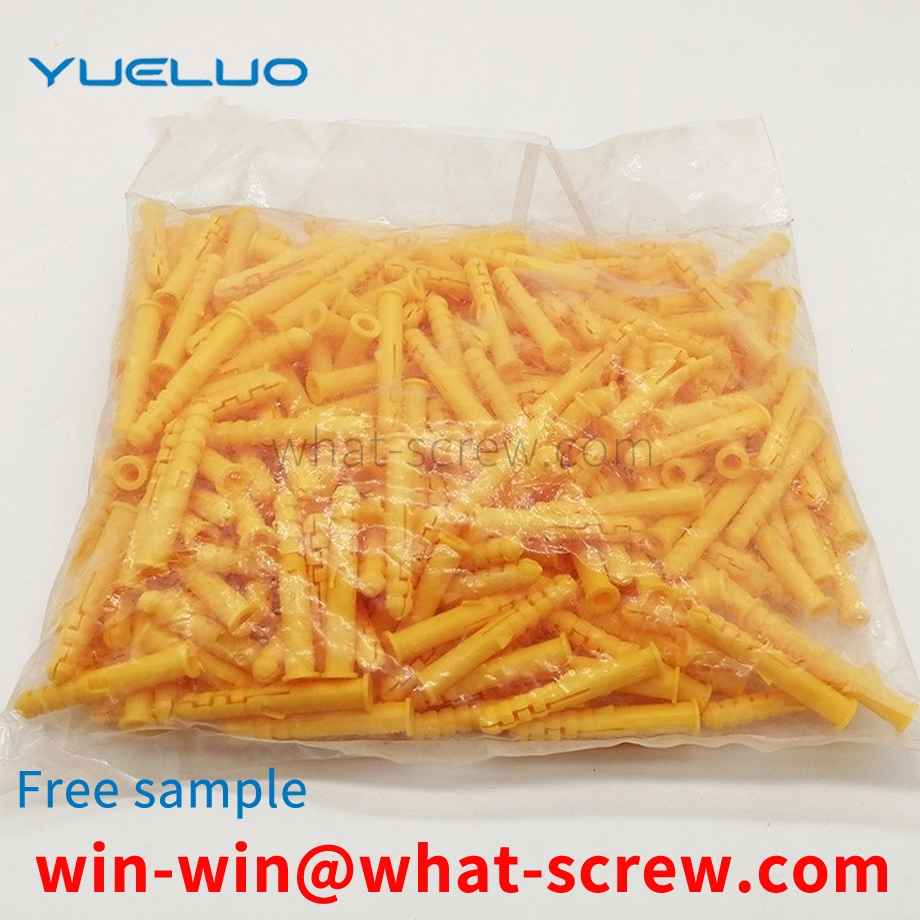
In order to solve the above-mentioned technical problems, the technical solution adopted by Guangdong Yueluo Hardware Industry Co., Ltd. is: shear rivets, including a mandrel and a deformation sleeve ring sleeved on the mandrel, one end of the deformation sleeve ring is a boss structure, and the It includes an adhesive collar sleeved on the deformation collar, the adhesive collar is a hollow annular sleeve and is filled with adhesive material; one end of the mandrel is a hemispherical head, and the spherical surface of the hemispherical head is outward, The connection between the hemispherical head and the mandrel is a conical connecting section, and the diameter of the conical connecting section gradually decreases from the hemispherical head inward; the mandrel is provided with a stress concentration groove, and the position of the stress concentration groove is close to the deformation The boss structure of the collar.
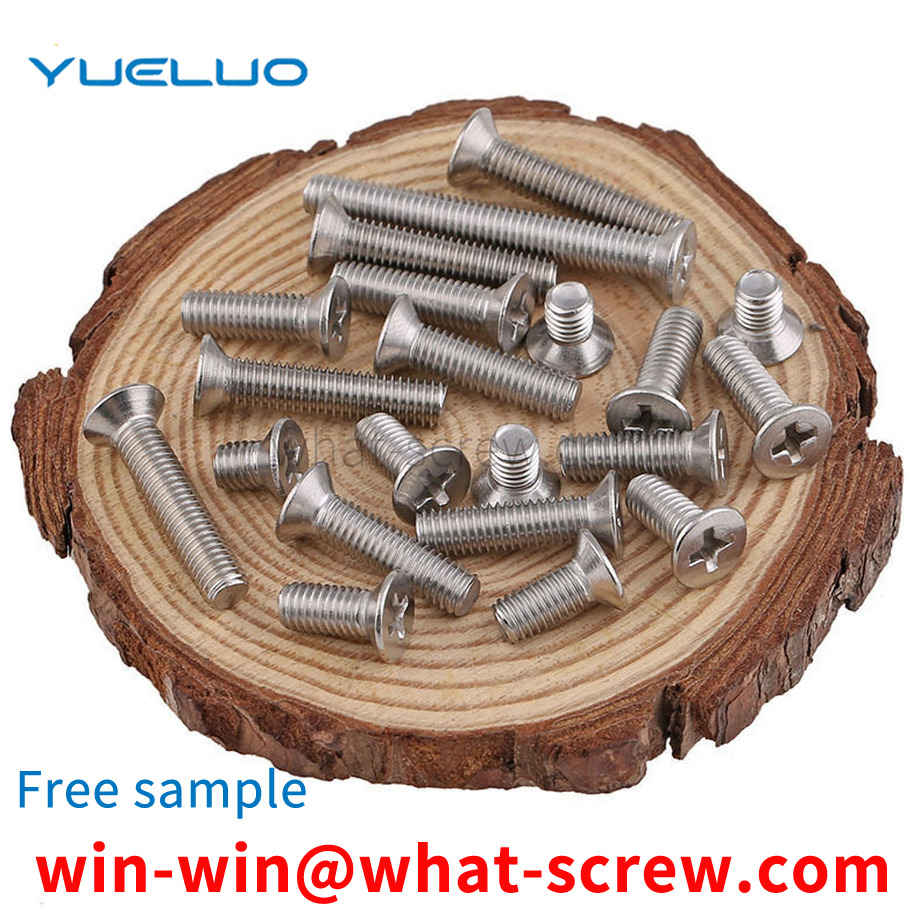
The above content is uploaded by Yueluo or the Internet. If there is any copyright issue, please contact [email protected].

What is the tolerance range of precision screws?

How to choose the right stainless steel screw manufacturer?

Why is there an R angle under the head of the hexagon head s...
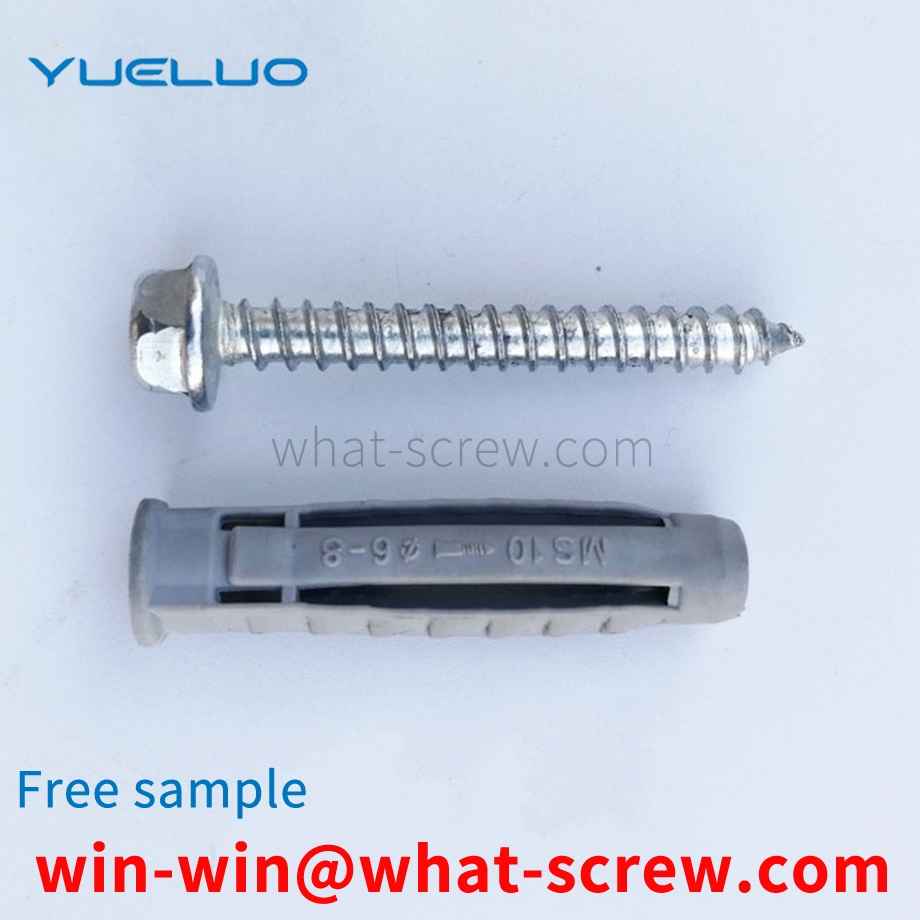
We have more than ten years of screw industry production exp...

We have more than ten years of experience in the production ...

We have more than ten years of production experience in the ...
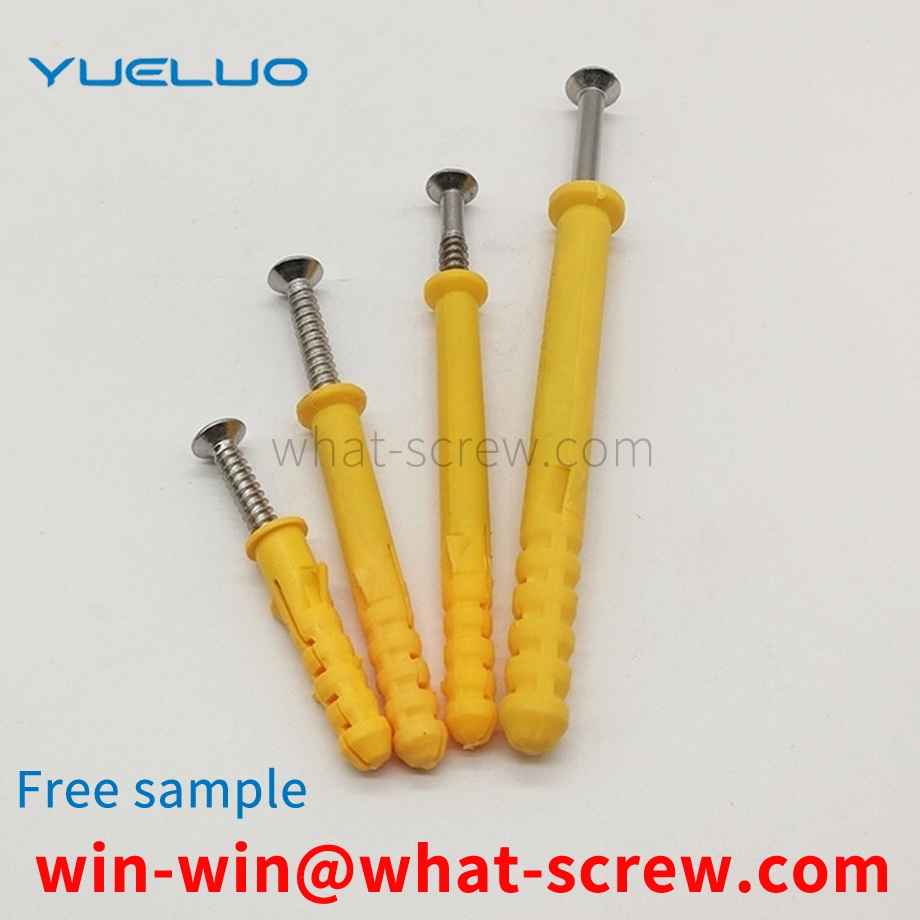
We have more than ten years of production experience in the ...